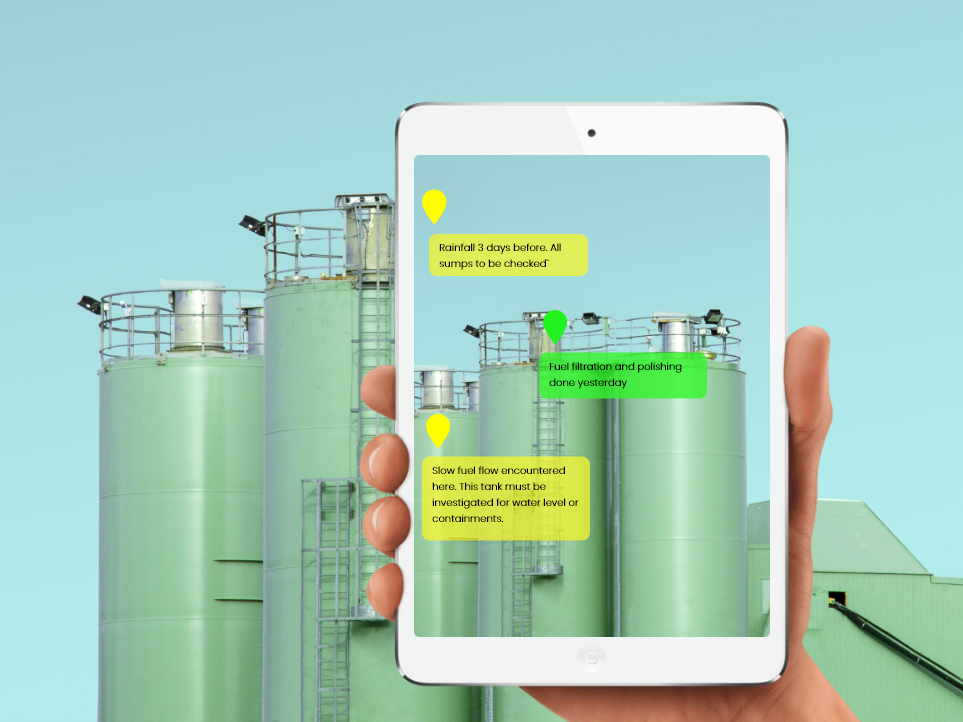Business Needs
During our research, we observed that there are a couple of key issues in field service applications which were causing unhappy customers, and higher cost to the service providers due to unresolved/reopened tickets
Trust and transparency: When a field agent works on a ticket unsupervised, there is no true way of finding out if the work has been completed accurately
First time resolution: Service technicians were sometimes unable to complete the job in their first visit due to lack of clarity in instructions
01Discover
We interviewed sample set of users to understand their pain points while using field service ticketing application. The application solves many issues, but users were unable to rely on it when it came to unsupervised agent visits. Users in most cases had to physically check and find out that the field agents have missed out and they end up reopening the ticket. This was happening primarily because the issues/instructions were not clearly passed to the agents.
02Define
We ideated and brainstormed many solutions and, also did research on different technologies that could potentially solve this problem. We zeroed in on Augment Reality (AR) to address this problem as the technology was very innovative and naturally extended the mobile application capabilities.
We decided to use AR to help users add contextual and relevant annotations on top of mobile camera feed in real-time. This had the potential to solve the problem of too many back-and-forth communications to convey simple details.
We did thorough research on opportunities and limitations of AR. We also did a market analysis to understand how other industries and organizations have adopted AR in their products.
Here's a use case we designed where an inspection personnel can create a report using intuitive AR markers during inspection. This ensures the service technician is guided by AR markers placed by previous inspection officer ensuring all required areas gets treated resulting in happy customer.

Potential cases
We considered one scenario where a home user creates a service request by placing AR markers on the malfunctioning washing machine describing the issues and location of the issues. Users can simply scan the machine using their mobile camera, and place notes on areas to add contextual details.
In the below example, the visiting service technician can easily identify the issue and exact location of the issue in the washing machine using AR app. After fixing the issue, he/she can add comments in the same app and these notes can be viewed by home user later.

In this example, maintenance engineer can do the exact actions required to keep the tanks functioning at their best using persistent AR markers that can be collaboratively updated by onsite and offshore team.



